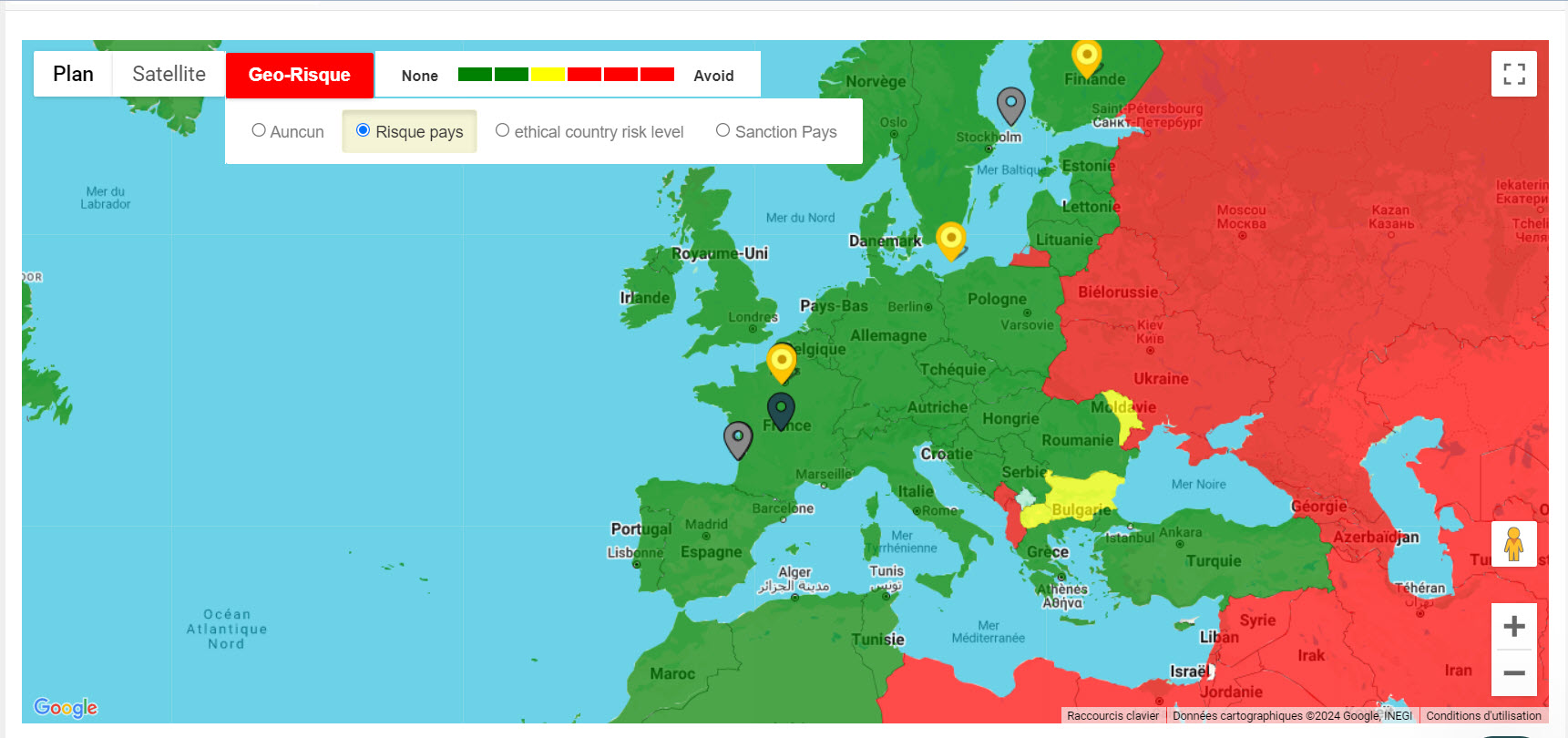
CSR software aims to:
Selecting the right CSR software tailored to your company’s specific needs is crucial for maximizing the effectiveness of your social responsibility management. Here are key steps to make the best choice:
Before choosing software, clearly define your CSR goals and requirements. This might include carbon emissions management, ESG reporting, regulatory compliance, or enhancing social responsibility. This step will help filter out software solutions that don’t align with your company’s aspirations.
Evaluate the features offered by different CSR software options to see which best align with your needs. Look for tools with easy integration with existing systems, customization capabilities, and an intuitive user interface.
Look for case studies or testimonials from similar companies using the software. These can provide valuable insights into how the software can be effectively used in similar contexts.
Analyze the total cost of ownership, including licensing, implementation, and maintenance fees. Assess whether the potential benefits justify the initial investment and ongoing operational costs.
Ensure the software complies with recognized CSR standards and certifications. This not only guarantees the quality and reliability of the software but also ensures it stays up-to-date with the latest regulatory requirements and industry best practices.
CSR management can be approached with various types of software, each meeting specific sustainability and social responsibility needs. Here are the main types of CSR software available on the market:
Carbon accounting software is essential for companies seeking to measure, monitor, and reduce their carbon footprint. These tools collect data on CO2 and other greenhouse gas emissions, facilitating the implementation of effective decarbonization strategies.
These platforms support environmental, social, and governance (ESG) reporting. They help collect, analyze, and communicate information on a company’s sustainable performance, which is crucial for attracting socially and environmentally conscious investors.
L'ACV et le PCF sont des outils analytiques utilisés pour évaluer l'impact environnemental des produits tout au long de leur cycle de vie. Les logiciels spécialisés d'ACV et de PCF quantifient et aident à minimiser ces impacts, promouvant ainsi des pratiques de production plus durables.(en)
Axés sur la réduction des émissions de carbone, ces outils fournissent des solutions pour la planification et la mise en œuvre de stratégies de décarbonisation. Ils sont particulièrement utiles pour les entreprises qui se sont engagées à atteindre des objectifs de zéro net ou qui adhèrent à des normes environnementales strictes.
Integrating CSR management software offers multiple benefits to companies, going beyond simple regulatory compliance. Key advantages include:
To go beyond mere regulatory compliance, a CSR software solution must enable you to effectively manage, analyze, and showcase all your sustainability initiatives. Axiscope is designed precisely to meet this need.
Our solution integrates advanced modules for life cycle assessment (LCA) and product carbon footprint measurement, allowing you to accurately evaluate your environmental and social impacts across the entire value chain. Key data such as energy consumption, CO₂ emissions, and waste management are automatically collected and centralized in a single environment, ensuring reliability and consistency.
With its powerful reporting tools, Axiscope enables you to produce clear CSR reports that comply with best practices and regulations such as the CSRD, strengthening your credibility with stakeholders. Automation significantly reduces the administrative burden, freeing up more time to implement high-impact actions.
By identifying optimization levers such as energy efficiency, waste reduction, and process improvement, Axiscope helps you generate savings and maximize your CSR performance. Its ability to integrate with your existing systems and evolve alongside your needs makes it a strategic tool to structure, manage, and highlight your sustainability commitments.
Axiscope in a Mid-Sized Industrial Company
A mid-sized manufacturing company in France, specializing in electronic components, sought to enhance its CSR (Corporate Social Responsibility) strategy to better meet regulatory requirements and customer expectations around sustainability. However, the company faced significant challenges in collecting reliable environmental data and communicating its sustainability efforts transparently.
Solution with Axiscope
The company chose Axiscope for its ability to integrate environmental and social data from various sources, along with its advanced reporting features. Axiscope was implemented to monitor and analyze key performance indicators (KPIs) related to energy consumption, CO2 emissions, and waste management.
Results
With Axiscope, the company achieved the following outcomes:
Automated collection and reporting of environmental data, reducing the time spent on these tasks by 70%.
Improved data accuracy, increasing stakeholder confidence in the shared information.
Identification of cost-saving opportunities through enhanced energy efficiency and waste management.
Strengthened compliance with CSR and ESG standards, reducing the risk of non-compliance that could impact reputation and customer relationships.
Testimonial
The company’s Sustainability Director stated:
"The adoption of Axiscope has transformed our approach to CSR. We can now provide accurate, up-to-date data to our stakeholders, which enhances our credibility and supports our business goals. This tool is essential in helping us meet our sustainability targets."
What are the 3 pillars of a CSR approach?
CSR is structured around three fundamental pillars guiding companies in their social responsibility:
A CSR action is a specific initiative taken by a company to improve its environmental, social, or governance impact. This could include projects like installing solar panels to reduce reliance on fossil fuels, employee training programs to enhance skills, or policies to ensure greater financial and operational transparency.
Successfully managing a CSR project requires careful planning, ongoing executive commitment, and active stakeholder participation. Key steps include:
Nous avons un réseau social dédié à la communauté NTIC. Si vous êtes inscrit ou souhaitez le rejoindre, cliquez sur le lien suivant www.axiscope.fr